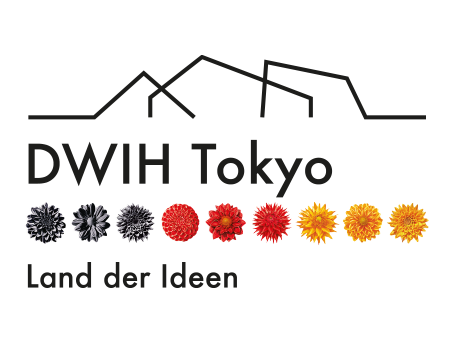Sangheeta Bhatia
 © Herlinde Koelbl
© Herlinde Koelbl
日本語
サンギータ・バティア|生物工学
アメリカ合衆国
代謝のよりよい理解のため、「ミクロ肝臓」などの微細なモデル臓器を作る。またナノ材料を使い、疾病診断のためのシステムを開発。
マサチューセッツ工科大学(MIT)で初めて生物工学に触れたのはいつのことでしたか?
父が私をMITに連れて行ったのは、私が10年生の時でした。私は数学と理科の成績が良かったので、父は私がエンジニアとして成功するのではないかと考えたのです。私は生物学が好きで、生物学と技術が融合した分野があるということを聞いていました。だから父は、超音波で腫瘍を治療している友人に私を紹介してくれたのです。その人が話してくれたことに私はすっかり魅了され、夢中になってしまいました。
English
Sangheeta Bhatia | Bioengineering
USA
Constructs minute artificial organs, such as “microlivers” in order to better understand metabolic processes; and, with the aid of nanomaterials, develops systems for the diagnosis of diseases.
What was your first experience of bioengineering at the Massachusetts Institute of Technology (MIT)?
My father took me to MIT when I was in 10th grade. He thought I’d make a good engineer because I was good at math and science. I also liked biology and he’d heard of a field where biology and engineering were merging. So he introduced me to a friend who was using ultrasound machines to focus a beam on tumors. It really captured my imagination and I was hooked!
Deutsch
Sangheeta Bhatia | Biotechnik
USA
Baut winzige Modellorgane wie »Mikrolebern«, um den Stoffwechsel besser zu verstehen; entwickelt außerdem mithilfe von Nanomaterialien Systeme für die Diagnostik von Krankheiten.
Frau Professorin Bhatia, wann machten Sie Ihre erste Erfahrung mit Bioengineering am Massachusetts Institute of Technology (MIT)?
Mein Vater nahm mich ans MIT mit, als ich in der zehnten Klasse war. Er dachte, ich könnte eine erfolgreiche Ingenieurin werden, weil ich gute Noten in Mathematik und den Naturwissenschaften hatte. Ich mochte Biologie und hatte von einem Gebiet gehört, in dem Biologie und Technik verschmelzen. Deshalb stellte er mich einem Freund vor, der mit Ultraschall Tumore behandelte. Die Vorstellung faszinierte mich, und ich war begeistert.
List of Exhibited Works・展示作品一覧
DWIH東京のニュースレターでは日独の研究・イノベーション関連の最新ニュース、公募、イベントなど様々な情報を提供しています。ニュースレター登録はこちら
The DWIH Tokyo newsletter provides timely information about open calls and events from research and innovation in Germany and Japan: Click here to register for the newsletter in English
